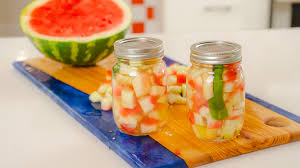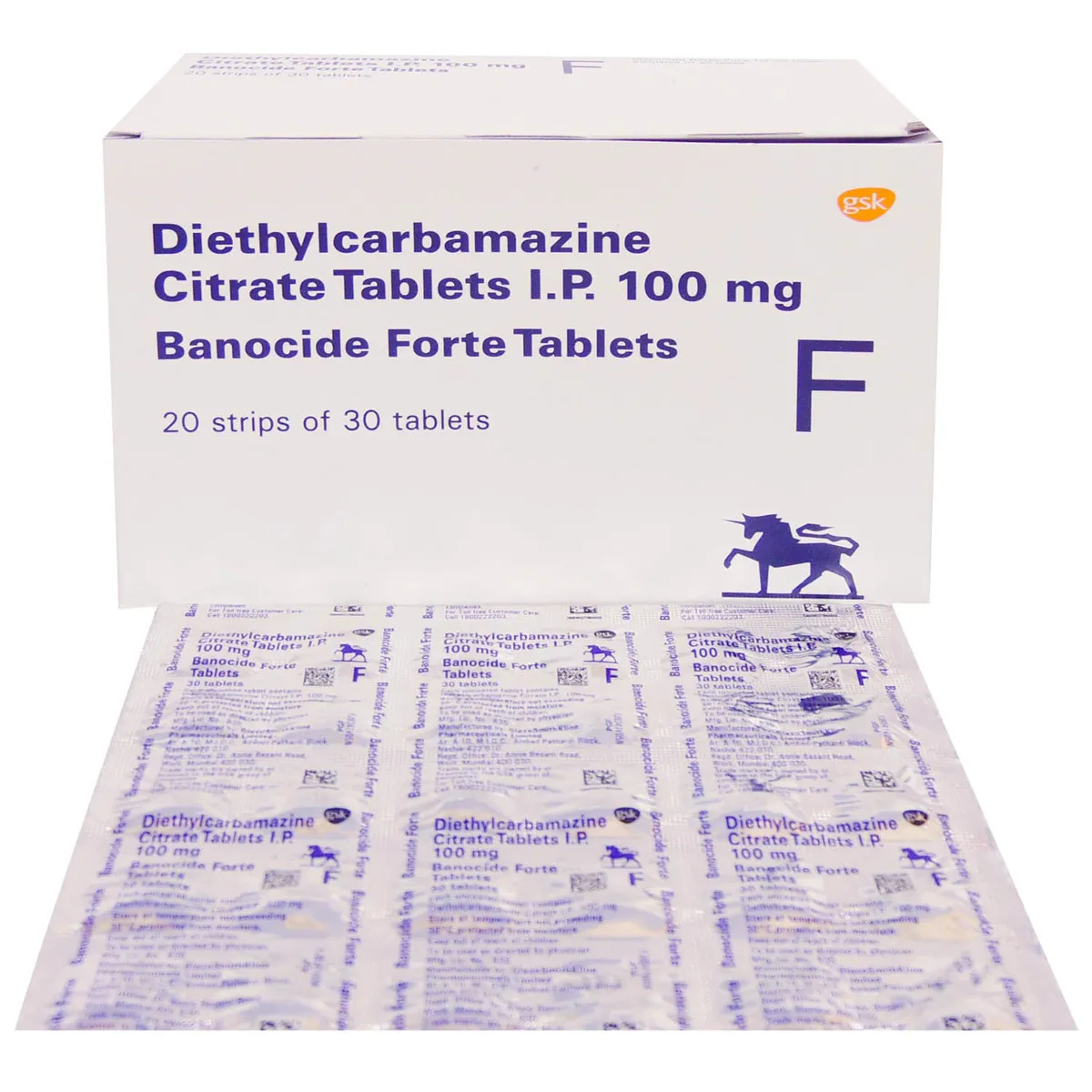Introduction
Watermelon, with its juicy, vibrant flesh, is a summertime favorite for many. However, it’s not just the sweet, pink or red interior that’s worth savoring. The often-overlooked watermelon rind holds a treasure trove of benefits and culinary possibilities waiting to be explored. In this article, we’ll delve into the various aspects of watermelon rind, from its nutritional value to creative recipes that will leave your taste buds delighted.
- Nutritional Value of Watermelon Rind
Watermelon rinds is often discarded, but it’s a shame to waste such a nutritious part of the fruit. Here’s what you can find within the rind:
Fiber
The rind is a great source of dietary fiber, which aids in digestion and helps maintain a feeling of fullness.
Vitamins and Minerals
It contains vitamins A, C, and B6, as well as essential minerals like potassium and magnesium.
Amino Acids
The rind also contains citrulline, an amino acid known for its potential benefits in heart health and athletic performance.
- Health Benefits
Utilizing watermelon rinds in your diet can lead to several health benefits:
2.1 Improved Digestion: The fiber in watermelon rinds can promote healthy digestion and prevent constipation.
2.2 Hydration: Watermelon rinds has a high water content, contributing to your daily hydration needs.
2.3 Heart Health: The amino acid citrulline found in the rind may help lower blood pressure and improve overall heart health.
2.4 Weight Management: The fiber and low calorie content of watermelon rinds can aid in weight management.
- Culinary Uses
Watermelon rind is not only nutritious but also versatile in the kitchen. Here are some creative ways to incorporate it into your meals:
Pickled Watermelon Rind
Pickling watermelon rind transforms it into a tangy, crunchy condiment that pairs well with sandwiches and salads.
Watermelon Rind Smoothie
Blend the rind with the flesh for a refreshing and nutritious smoothie.
Stir-Fried Watermelon Rind
Slice the rind thinly and stir-fry it with your favorite vegetables and seasonings for a unique side dish.
3.4 Watermelon Rind Salsa: Dice the rind and mix it with onions, cilantro, and lime juice to create a zesty salsa.
3.5 Watermelon Rind Chutney: Cook the rind with spices and sugar to make a sweet and spicy chutney that complements meats and cheeses.
- Environmental Impact
Reducing food waste is crucial for the environment. When you use watermelon rind in your cooking, you not only benefit from its nutrition but also play a part in sustainability. You contribute to a more environmentally responsible way of eating.
- Traditional Uses
In some cultures, watermelon rind has been a staple for centuries. Exploring these traditional uses can introduce you to new and exciting culinary experiences.
- Cautions and Considerations
While watermelon rind offers numerous benefits, it’s essential to be aware of some considerations:
Pesticides
If you’re planning to consume the rind, consider choosing organic watermelons to reduce exposure to pesticides.
Allergies
Some individuals may be allergic to watermelon, so it’s wise to start with a small amount if you’re trying it for the first time.
Digestive Sensitivity
The high fiber content in watermelon rind can be tough on some digestive systems. If you have digestive issues, consume it in moderation.
Watermelon Rind: Underrated Nutritional Powerhouse and Waste Reduction Solution
Watermelon rind: The tough green exterior of the beloved summer fruit is often discarded as waste. However, this seemingly useless part of the watermelon is actually a treasure trove of nutrients and potential applications. Let’s delve into the world of watermelon rind and explore its surprising benefits and potential uses.
Nutritional Powerhouse
Watermelon rind is surprisingly rich in nutrients, including:
- Citrulline: An amino acid that can be converted to arginine, which plays a role in blood pressure regulation, muscle growth, and immune function.
- Vitamin C: A powerful antioxidant that supports immune function, collagen production, and iron absorption.
- Vitamin K: Essential for blood clotting and bone health.
- Fiber: Promotes digestive health, regulates blood sugar levels, and contributes to a feeling of fullness.
- Other nutrients: Watermelon rind also contains smaller amounts of potassium, magnesium, and vitamin A.
Environmental Benefits
Utilizing watermelon rind instead of discarding it offers significant environmental benefits:
- Reduces food waste: Watermelon rind accounts for about 50% of the watermelon’s weight, and discarding it contributes to food waste. Utilizing the rind reduces this waste and conserves resources.
- Compostable: Watermelon rind is biodegradable and can be composted, turning into nutrient-rich soil amendment.
- Alternative to animal feed: Watermelon rind can be used as animal feed, reducing the need for land and resources used to grow traditional animal feed.
Potential Uses
Watermelon rind’s versatility extends beyond its nutritional value. Here are some potential uses:
- Food ingredient: Watermelon rind can be pickled, candied, or used to make jam, preserves, or even watermelon rind kimchi.
- Animal feed: Watermelon rind can be dried and ground into powder to be used as animal feed, providing nutrients for livestock.
- Bioplastics: Watermelon rind can be processed to produce biodegradable bioplastics, offering a sustainable alternative to traditional plastics.
- Natural extracts: Watermelon rind can be extracted for its citrulline content, which can be used in supplements or food products.
- Conclusion
Watermelon rinds is a hidden gem that deserves more attention in the world of nutrition and cuisine. From its impressive nutritional profile to its versatile uses in the kitchen. The next time you enjoy a juicy watermelon. Don’t forget to save the rind and explore the numerous ways you can incorporate it into your meals. Not only will you savor the unique flavors and textures. But you’ll also contribute to a more sustainable and responsible approach to food consumption. So, embrace the watermelon rind and experience the benefits and flavors it has to offer.










